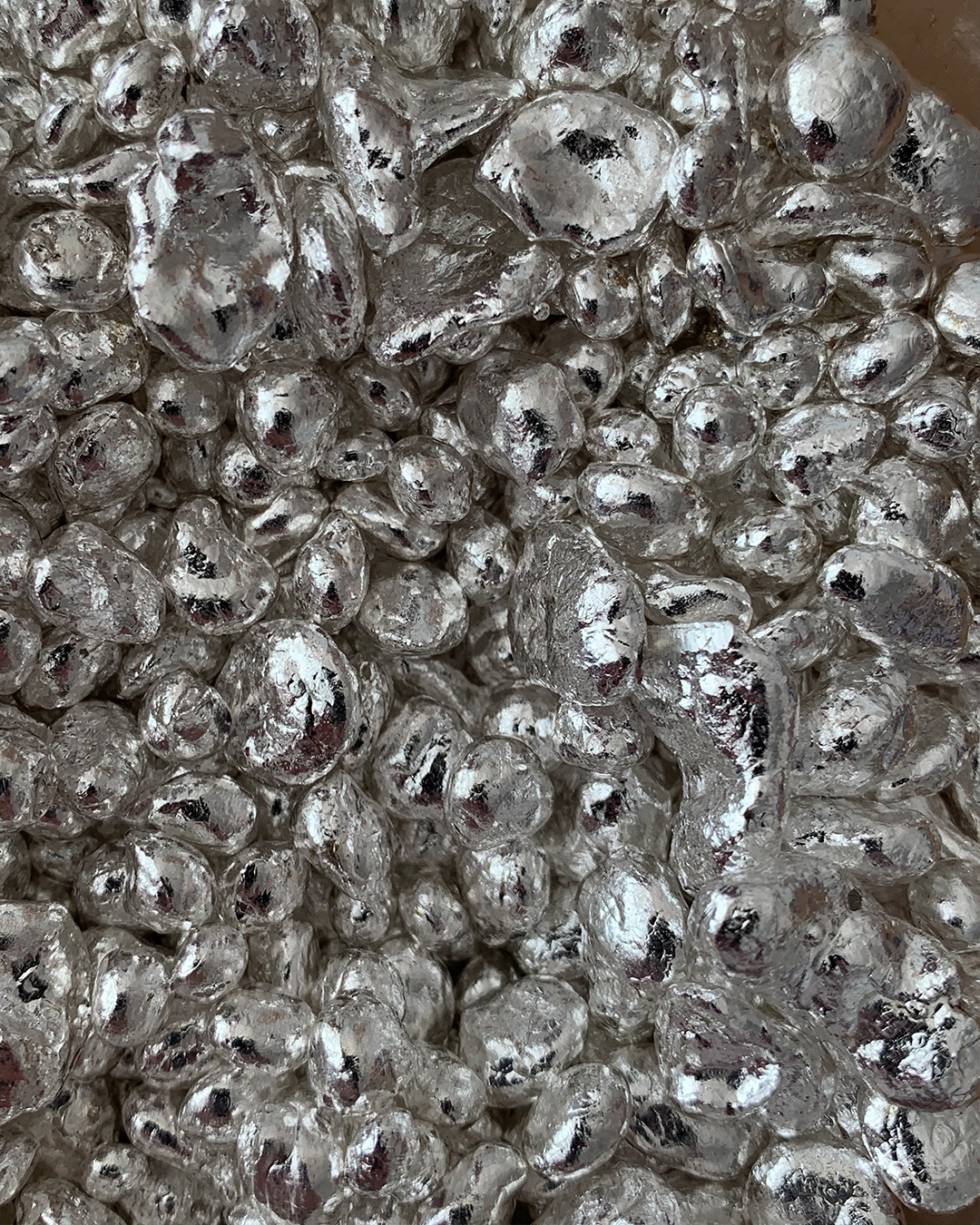
We know that every new Meadowlark piece is chosen with love and consideration, so we've put together a guide on the types of metals we use to help you when deciding on that forever piece.
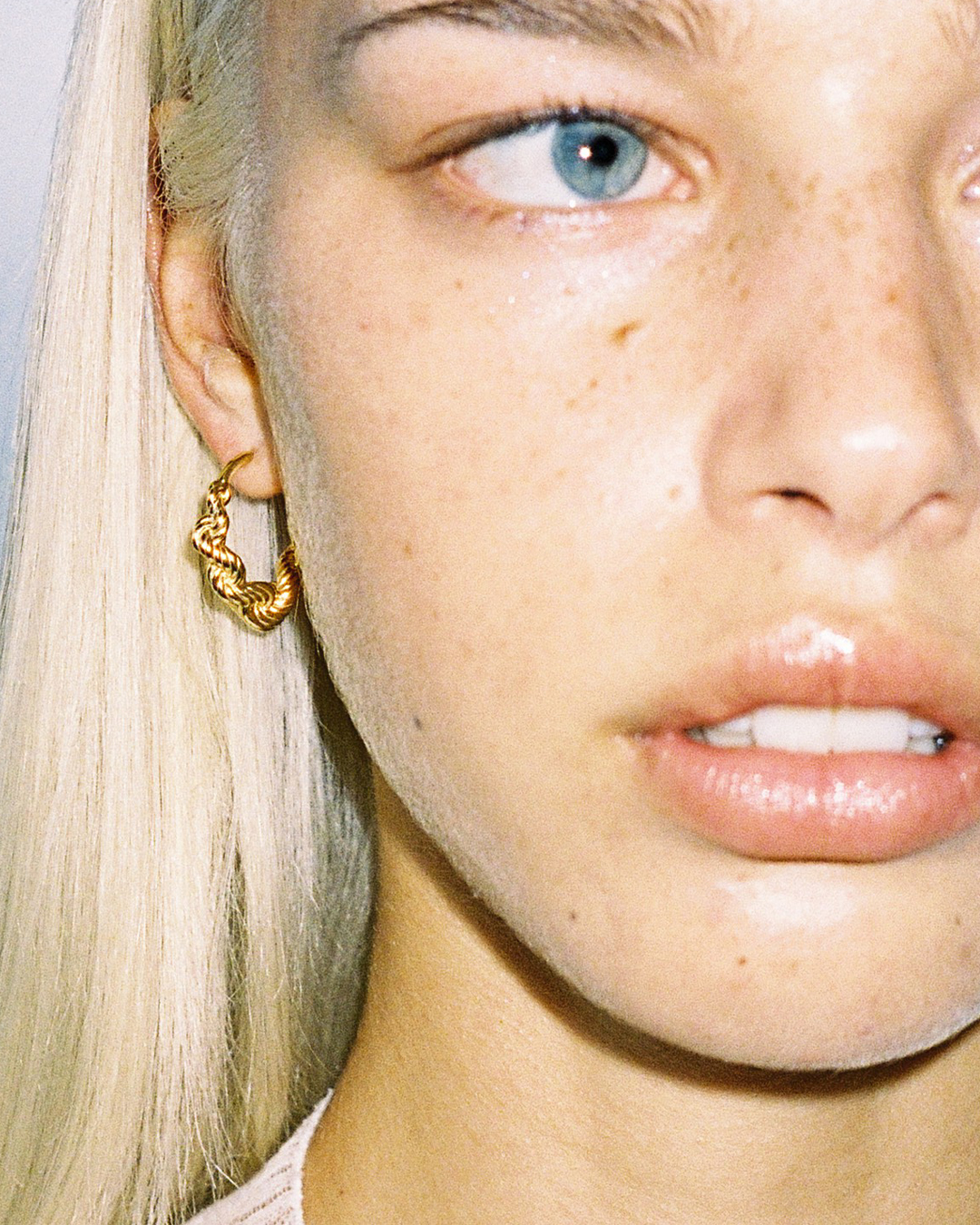
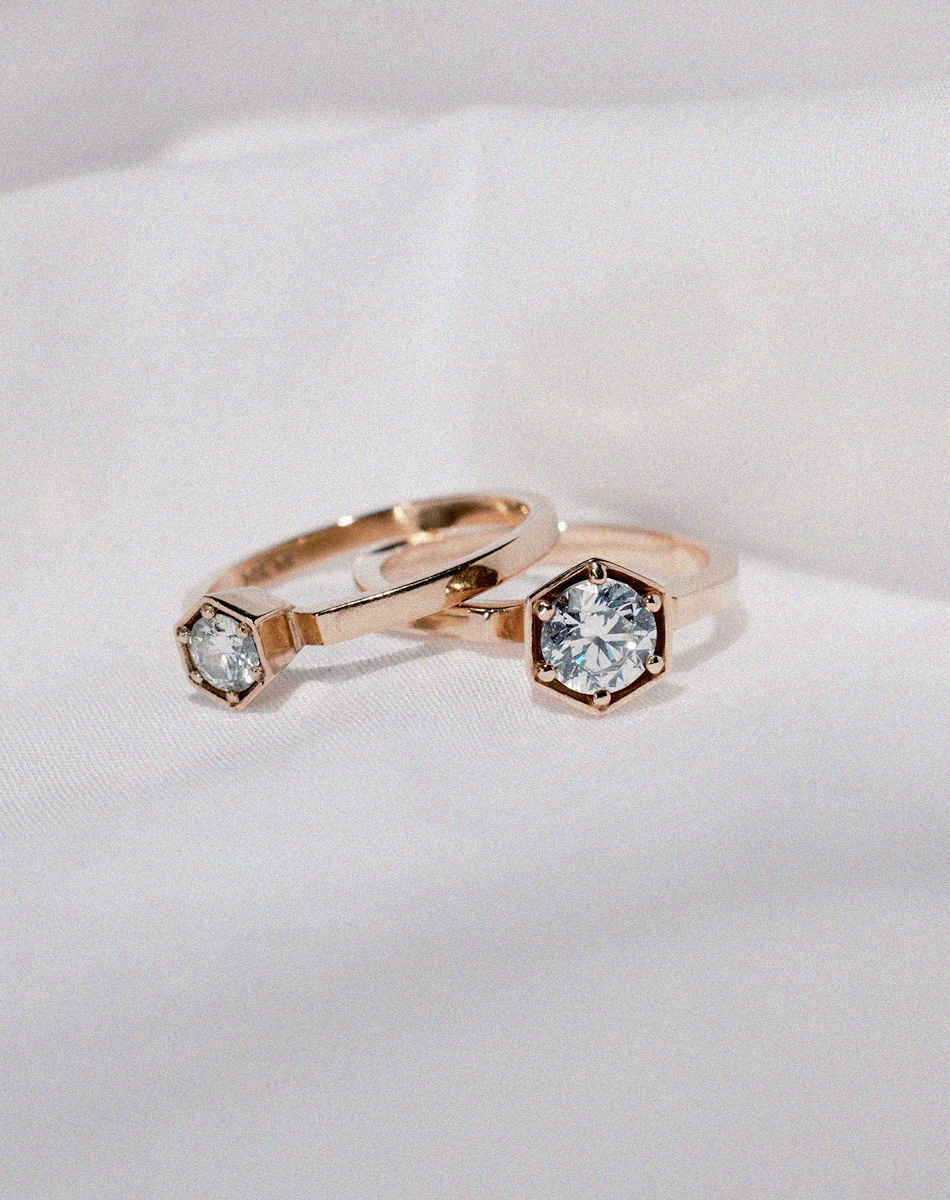
At Meadowlark, we offer our mainline in sterling silver, 9ct yellow gold and 23k gold plate.
Our Ceremonial pieces are available in 9ct, 14ct and 18ct yellow and white gold or platinum.
A carat is defined as 1/24 parts pure gold, which means that 24-carat gold is considered pure gold. For example, 18ct gold consists of 18 parts pure gold and 6 parts alloy.
An alloy is the mixture of a precious metal with another metal to improve its overall properties. In jewellery, this allows us to change the hardness and colour of a metal.
The purity of gold can also be defined as 'fineness,' which is the amount of gold per 1,000 parts. To calculate this, we divide the amount of pure gold by 24 and multiply the rest by 1,000. For example, 9ct gold is 375 parts pure gold out of 1,000.
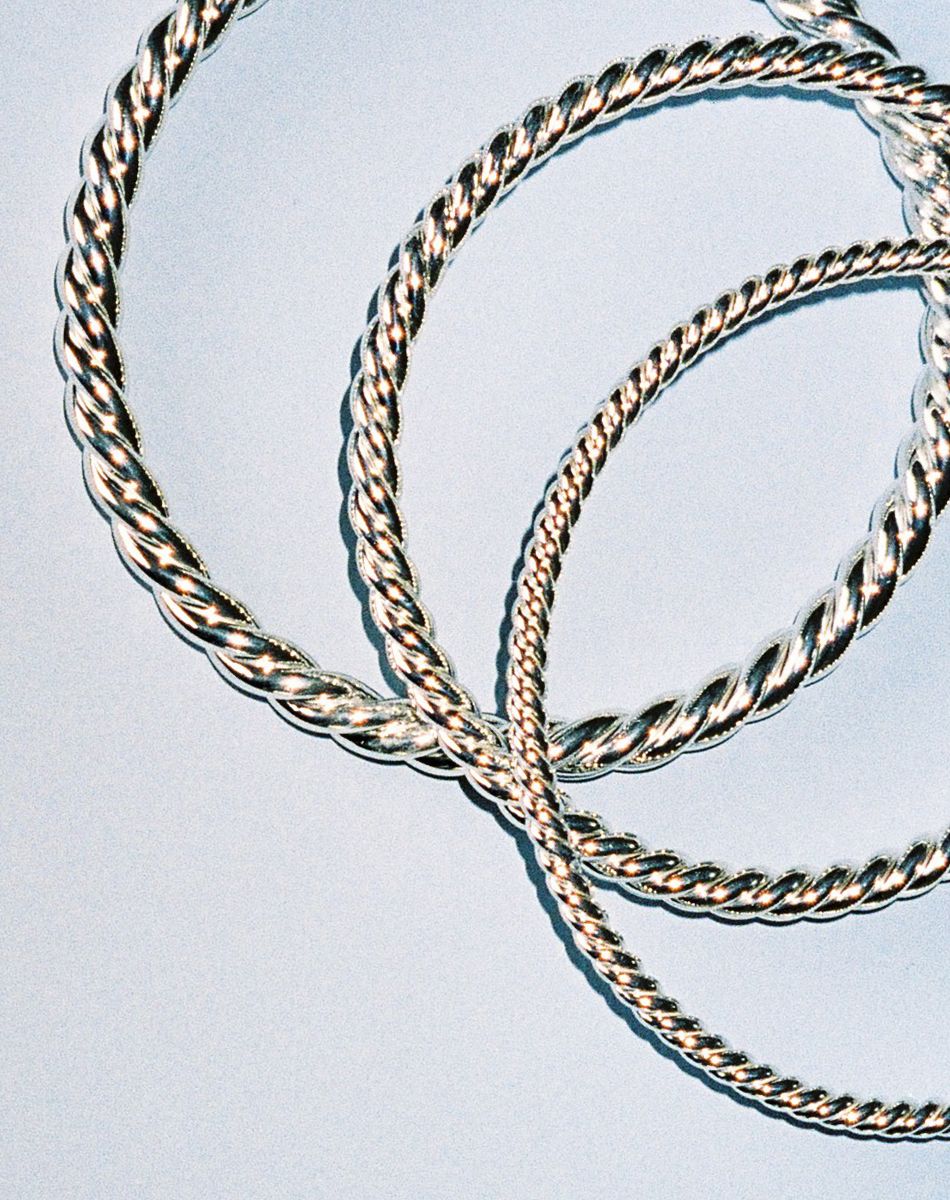
Sterling Silver
Sterling silver is stamped with either '925' or 'STG.' The 925 means the content of the sterling silver is 925 parts of 1000 or 92.5% of 100%. The remaining 7.5% is made up of other alloys - a mixture of two (or more) elements taken from the periodic table. For sterling silver, the alloys can include zinc, copper or nickel, however at Meadowlark, our sterling silver is nickel-free.
The reason sterling silver requires the mixture of other metals is because naturally, pure silver is soft and malleable. Adding other metals to the silver increases the hardness, making it more suitable and durable for use in jewellery.
The only downfall of sterling silver is that it can tarnish over time due to the presence of the alloy, which is why it’s important to regularly clean and maintain sterling silver jewellery. The softness of sterling silver can also make it unsuitable to use with expensive gemstone settings, this is why we use gold or platinum for our Ceremonial pieces as these metals have more hardness and durability.
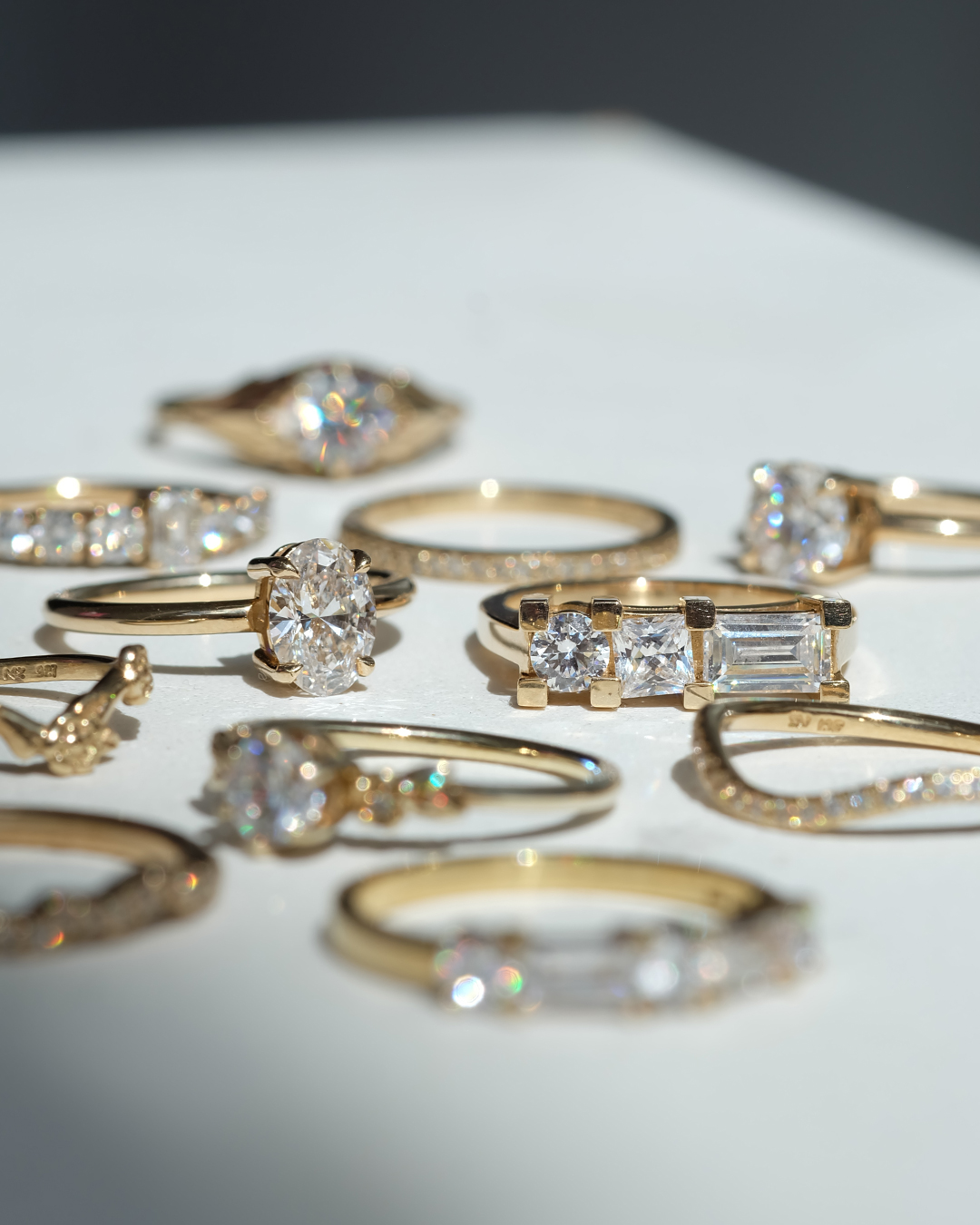
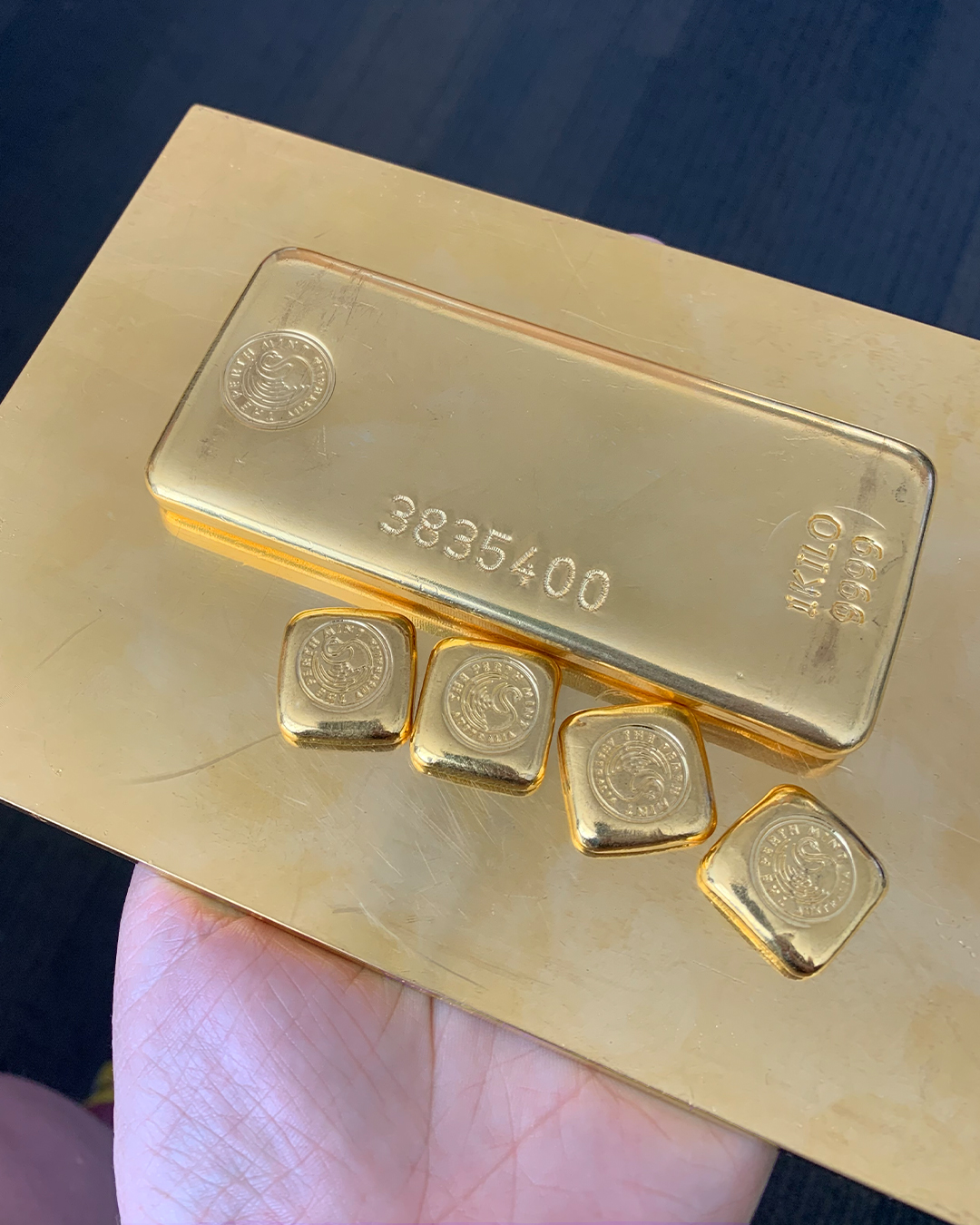
Solid Gold and 9ct to 24ct
Yellow Gold: is an alloy of gold and another metal, usually copper or zinc. One of the advantages of yellow gold is that it is the most hypoallergenic of the three gold alloys (white gold, yellow gold and rose gold).
9ct Gold: is 37.5% pure gold or 375 parts of 1,000 and is stamped with either '375' or '9ct'. Higher-carat gold is softer, more pliable and yellow-gold in tone whilst lower-carat gold, is harder, more durable and white in tone.
14ct Gold: is 58.5% pure gold and is stamped with either '585' or '14ct.' 14ct gold strikes the happy medium between durability and beauty. This type of gold is less likely to tarnish than 9ct gold and is significantly more resistant to scratches compared with higher-carat gold.
18ct Gold: is 75% pure gold and is stamped with '750' or '18ct'. With a few exceptions, 18ct gold is the purest and most expensive gold found in modern jewellery and is usually reserved for high end pieces such as diamond engagement rings. 18ct gold is far less likely to tarnish in comparison with 9ct and 14ct gold, but the trade-off is that you lose durability. As a result, you’ll want to be especially careful when wearing 18ct gold to prevent your gold jewellery from getting scratched or damaged.
24ct Gold: is pure gold and is stamped with '999' or '24ct'. This type of gold boasts an inimitable colour and shine, radiating a deep yellow. However, due to its softness, it is very vulnerable to scratches and can easily be bent out of shape. As you might imagine, this makes 24ct gold completely impractical for use in jewellery.
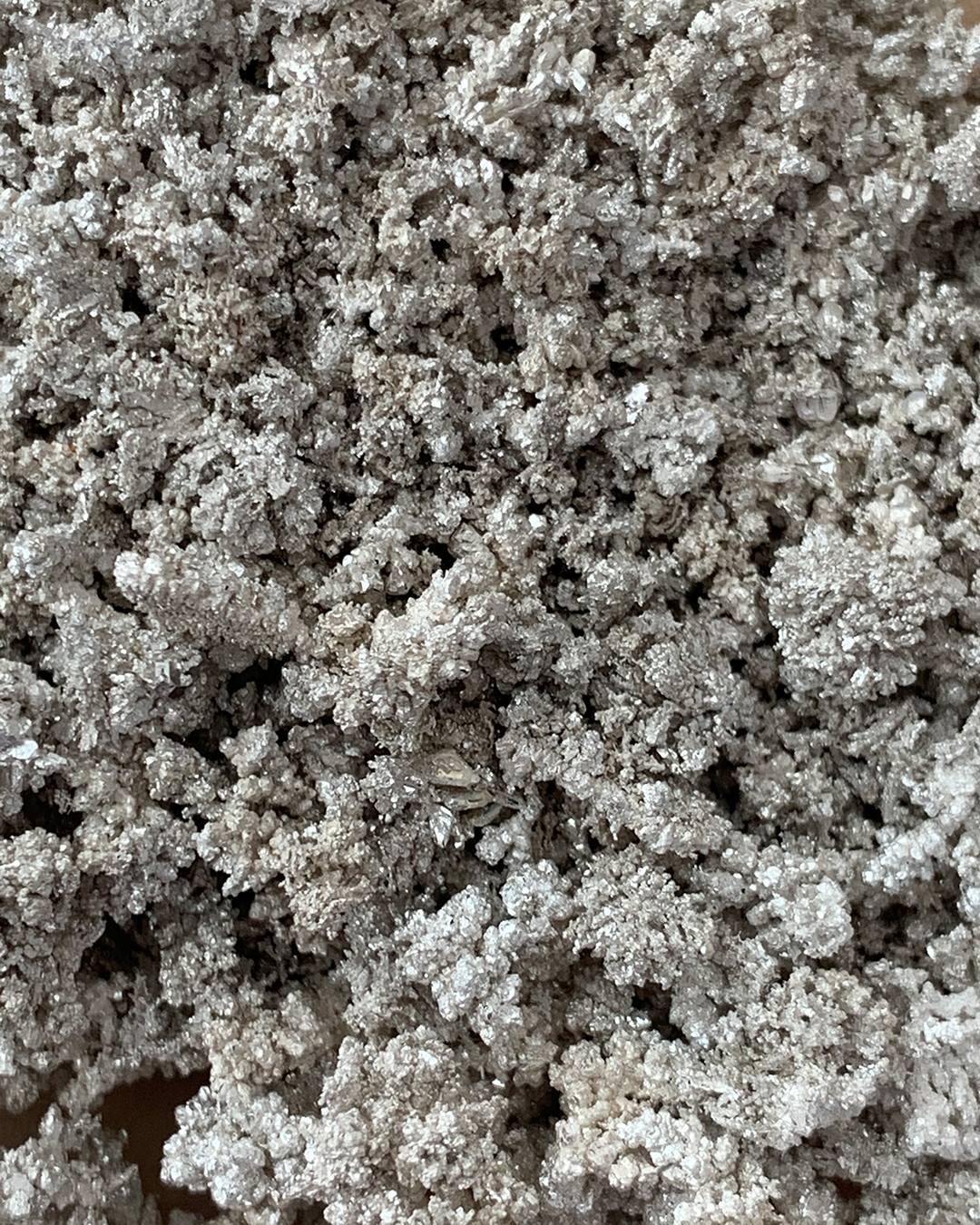
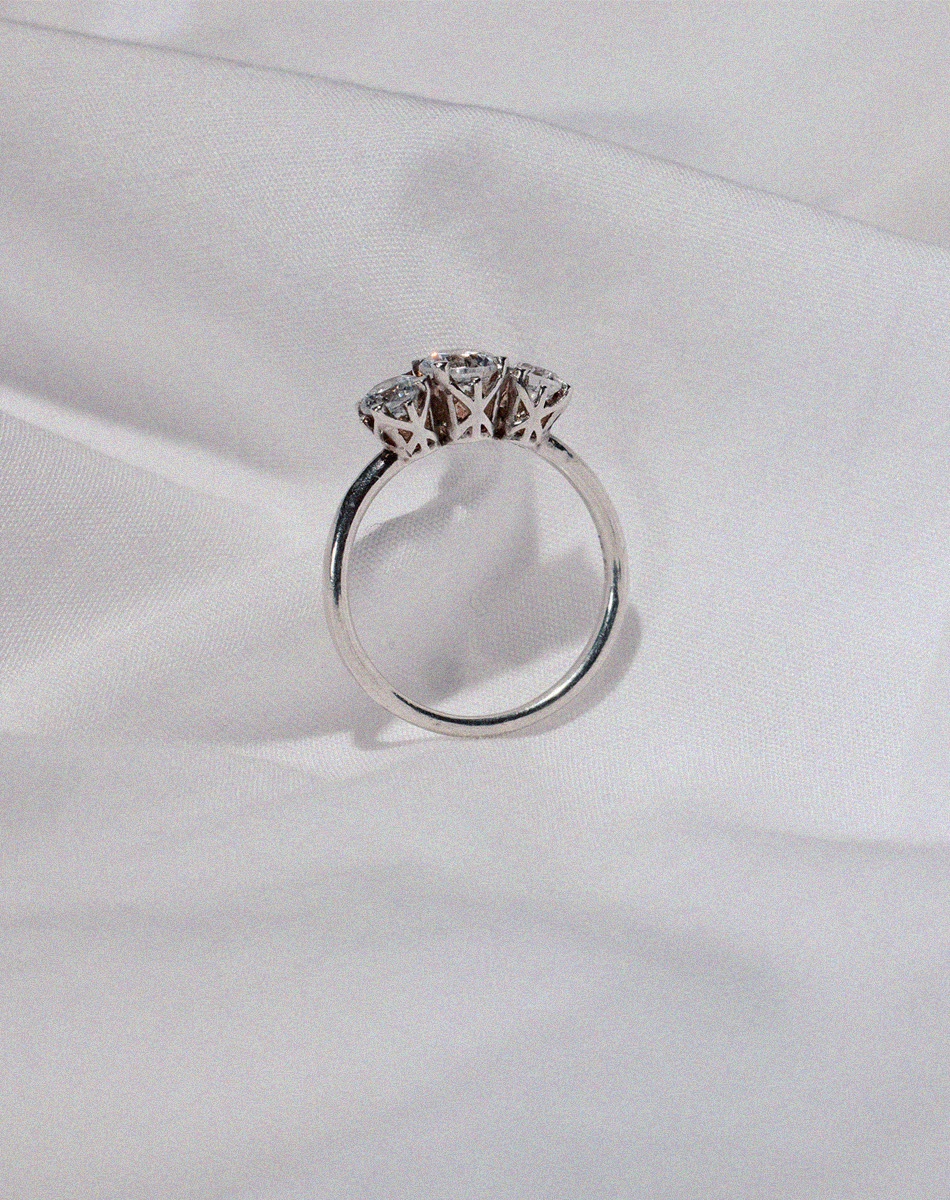
White Gold, Rhodium Plating and Platinum
White Gold: is made up of pure yellow gold, mixed with alloy metals that have a silvery-white colour, such as palladium and silver. Over time, white gold can be prone to "yellowing" due to the presence of alloy metals, in which case, rhodium plating is a good option to maintain a bright, white finish.
Rhodium Plating: We love our rings to be the natural metal colours so we choose not to rhodium plate, but we can do this by request. In traditional stores white gold is covered with rhodium plating to create a bright, pure white finish. Rhodium is a bright silver colour metal from the platinum family of metals.
It is very expensive and is only used in a plating solution. You will never see a piece of jewellery made from solid rhodium. As rhodium is only for plating, the wear of a piece should be considered as rhodium-plated white gold can “yellow” over time and may need to be occasionally re-plated with rhodium.
Platinum: is one of the rarest and most durable precious metals. The bright white lustre will be maintained forever. It is resistant to tarnishing and discolouration and does not fade or tarnish over time. Platinum’s purity makes it hypoallergenic and ideal for those with sensitive skin.
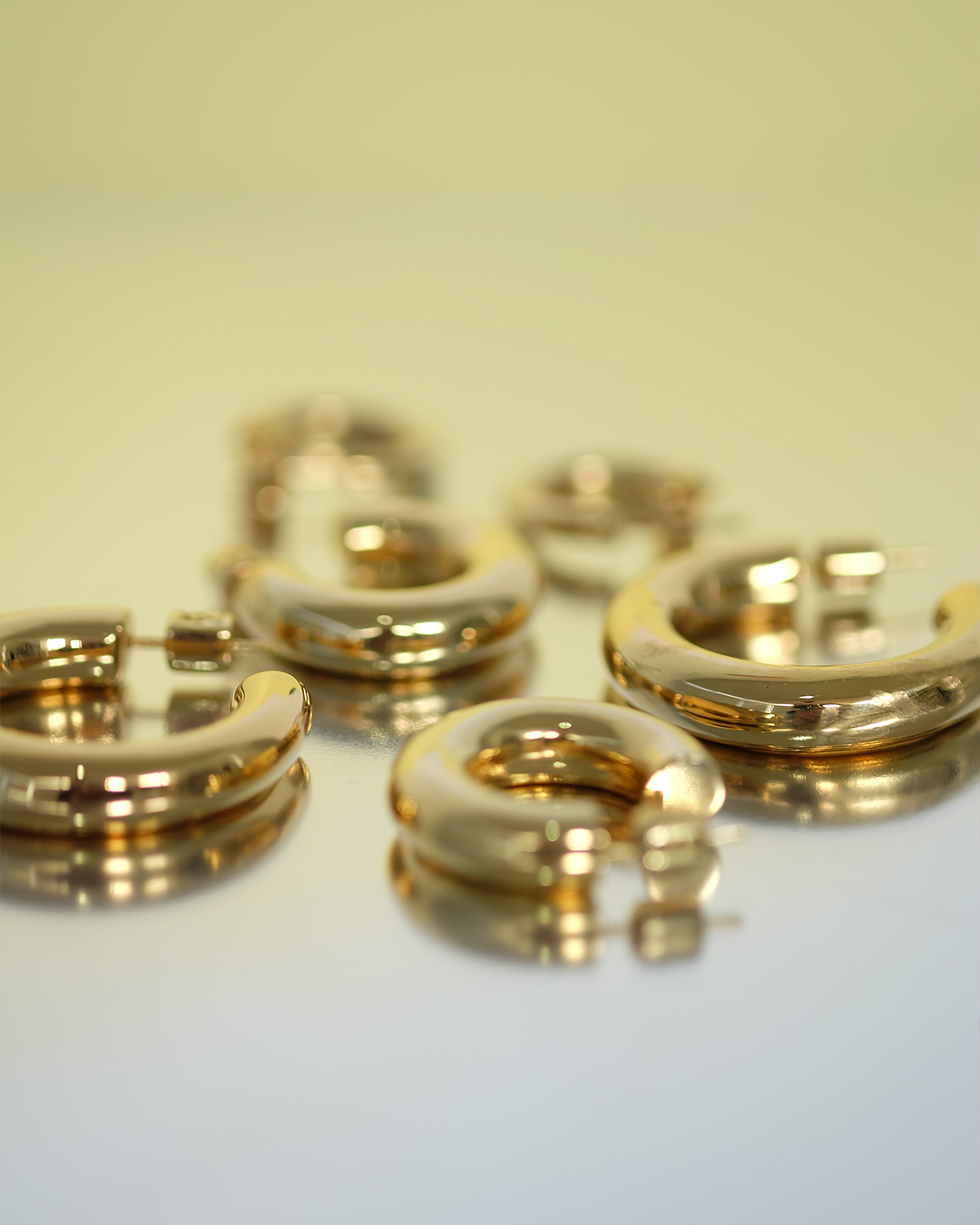
Gold Plate and Vermeil
Gold plate: refers to jewellery that comprises a thin layer of gold applied over the top of any metal, such as copper or brass. To be labelled as gold plated, the layer of gold must be equal to or greater than 0.5 microns. At Meadowlark, our gold plated pieces have a 2 micron layer of 23-carat yellow gold on top of sterling silver.
Vermeil: whilst similar to gold plating, is a term used for sterling silver pieces that have been gold plated with a gold layer of 2.5 microns. Although we do not offer vermeil at Meadowlark, our plated pieces are 0.5 microns from being vermeil. We can offer this option at an increased price and may move to vermeil in the future.





